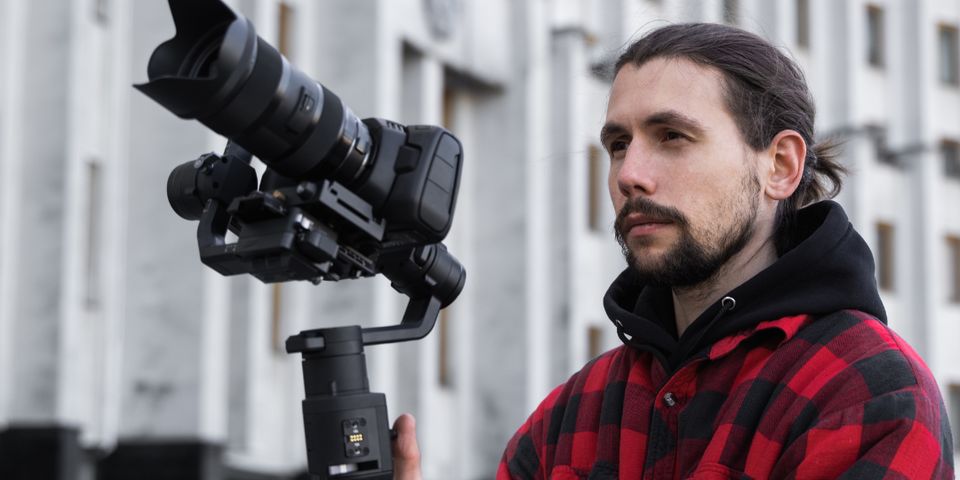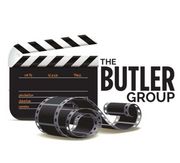
A documentary film or TV production is an opportunity to tell a story you care about and bring it to life in exciting and engaging ways. While this can be a fun and rewarding process, this type of creation requires in-depth planning and preparation, as you want to ensure the final piece is both accurate and representative of the topic. Here are several steps involved in the planning process for a documentary.
What Do You Need to Do Before Making a Documentary?
1. Research
Once you've decided on a subject, research will flesh out your ideas. In the process, you may find new angles from which to approach the subject or new stories you want to include in the final product. Diligent, meticulous research skills are essential for documentary filmmaking. Gather facts from both in-person and online interviews. Follow any leads you find and visit the locations where the events occurred.
2. Budget
Creating a budget before you start filming lets you know how much money you need to complete the project. This is essential for obtaining financing and bringing producers onboard. A typical documentary budget includes equipment, studio, and production crew costs. You should also account for permits to film in certain locations, as well as liability insurance for your crew and marketing to advertise the film.
3. Write

A shot list maps out what will happen in each scene. This is an important guide that informs each step in the process, as it gives you direction and keeps all crewmembers on the same page. Documentary shot lists include breakdowns of every scene and the information, interviews, and shots you plan to feature in each scene.
4. Shoot
Before shooting, you need the right equipment. Documentary filmmakers use cameras, microphones, and tripods to make sure the footage is clear and pleasing. While recording, try to capture many angles, including close-ups and medium and wide shots, as this gives the final product more depth. Also, always shoot more film than you think you need, as it's better to have too much footage than not enough. This lets you edit out extra parts that aren't necessary.
5. Edit
Editing is the last step before the release and distribution of a film or TV production. Approach editing like a puzzle. Review all your footage, taking copious notes throughout the process about what you want to keep and remove. Then, assemble the scenes into sequential order to create a cohesive, compelling story. After this, you can share the documentary with others.
For assistance at every step of creating a documentary film or TV production, contact The Butler Group. From research to postproduction and beyond, they are dedicated to your project and its success. Located in St. Louis, MO, they offer a variety of media services, including production studio rentals, access to local industry professionals, and TV consulting. Call (314) 571-9706 to schedule a consultation, and visit them online to explore their services in more detail.
About the Business
Have a question? Ask the experts!
Send your question

